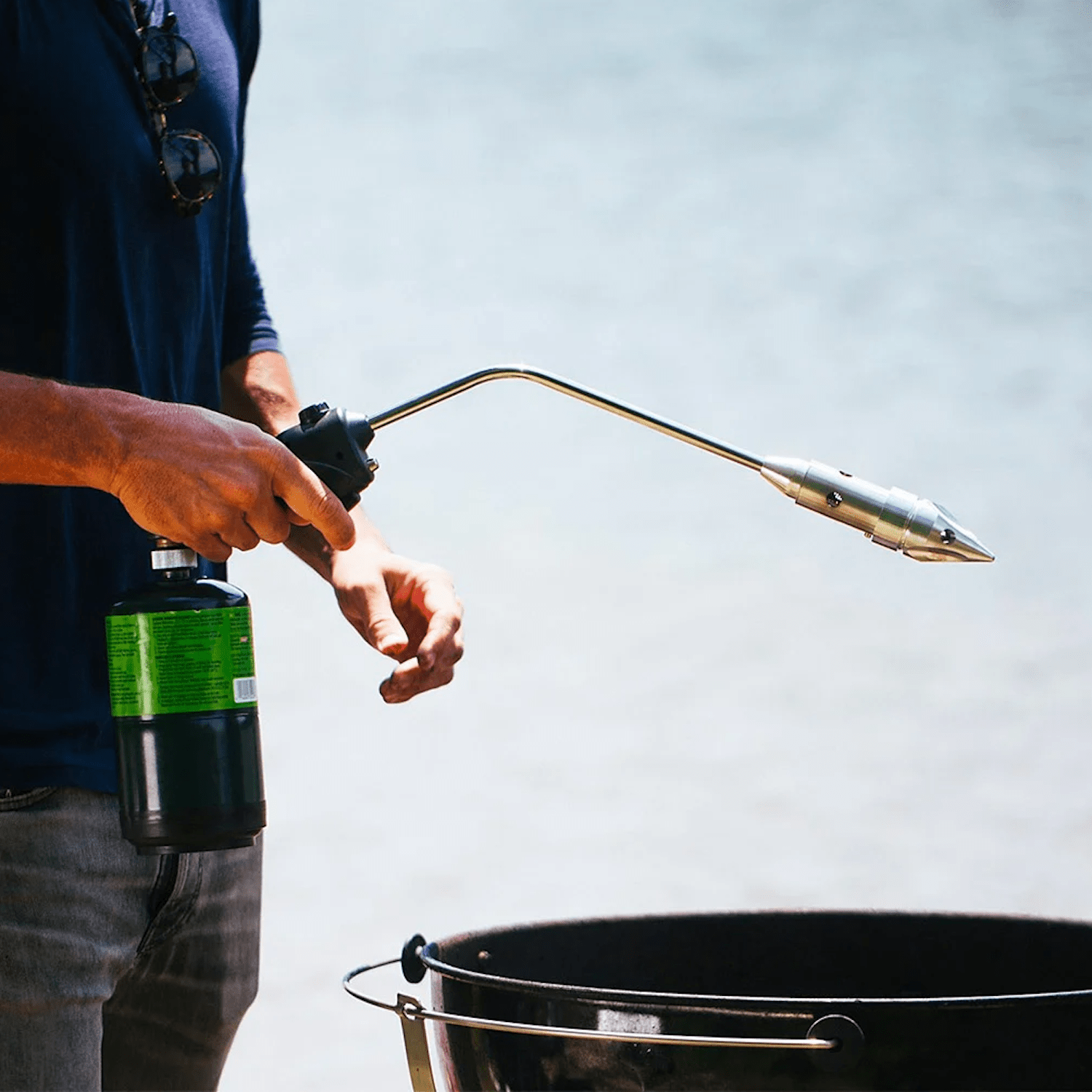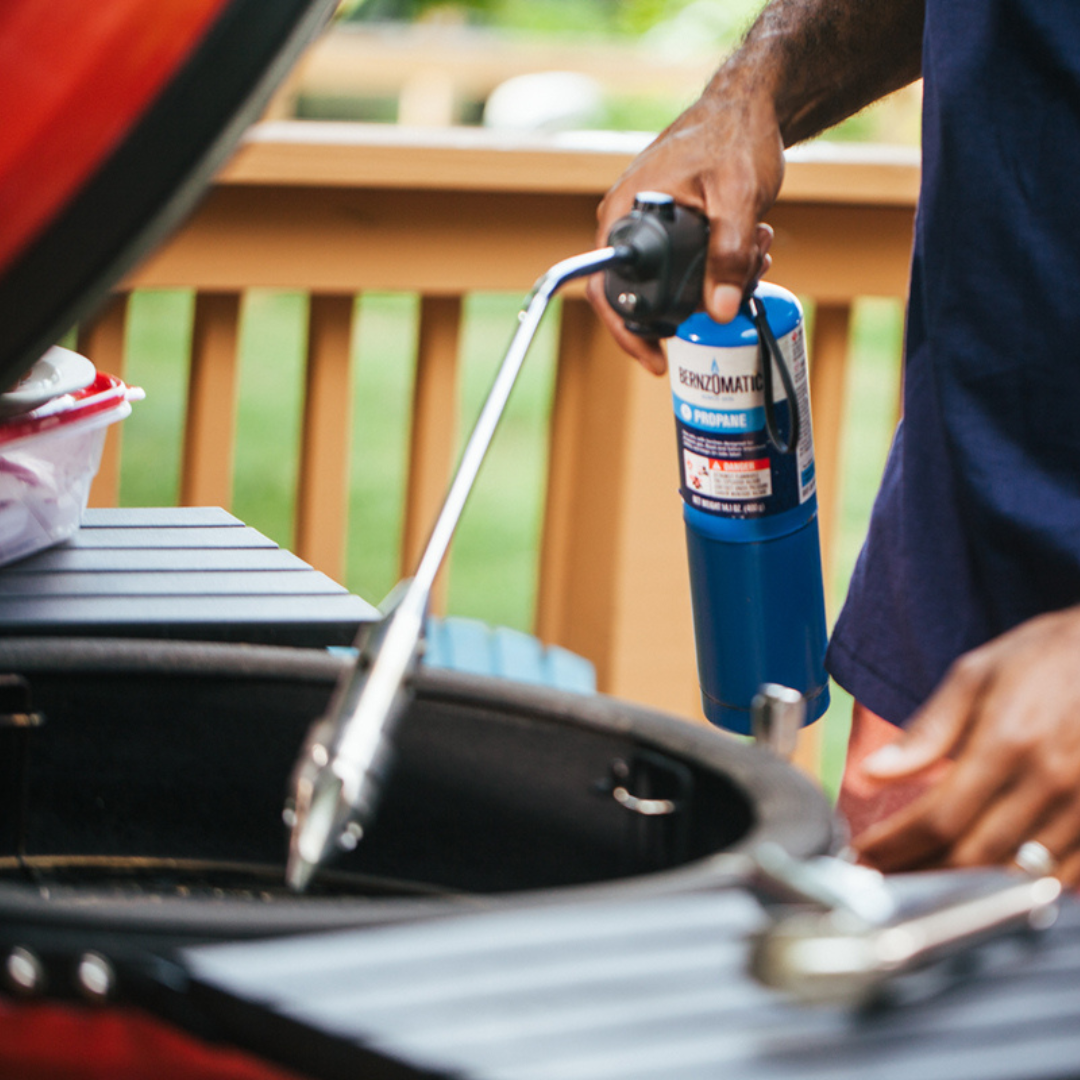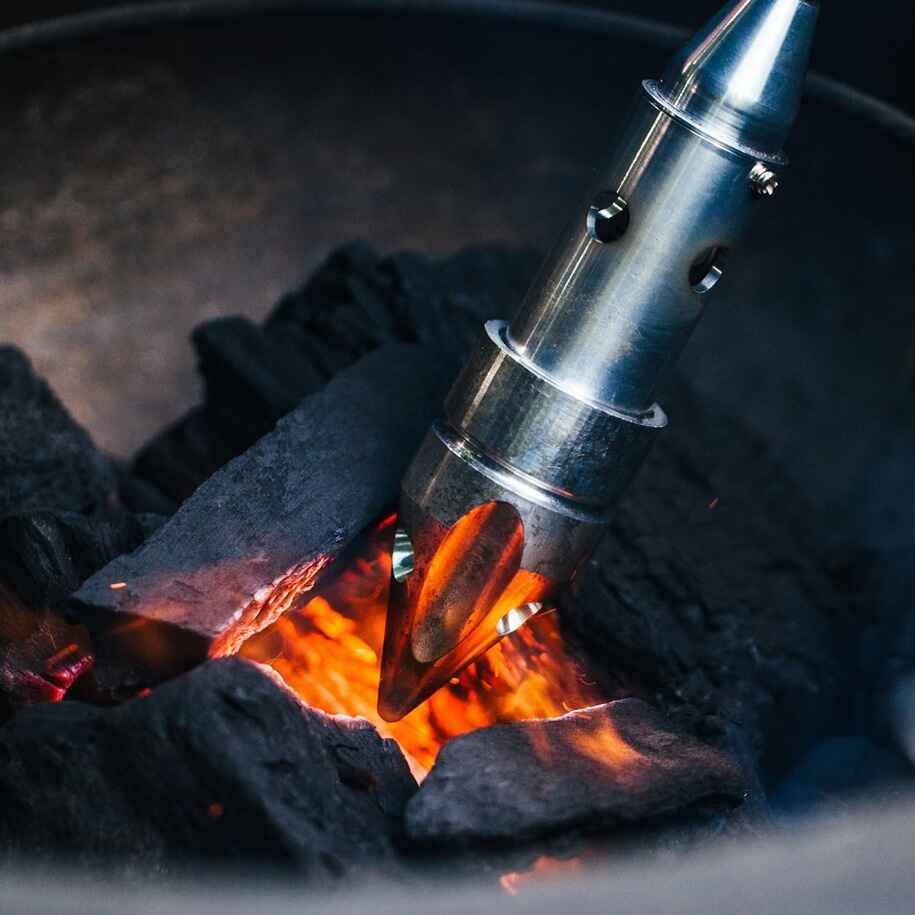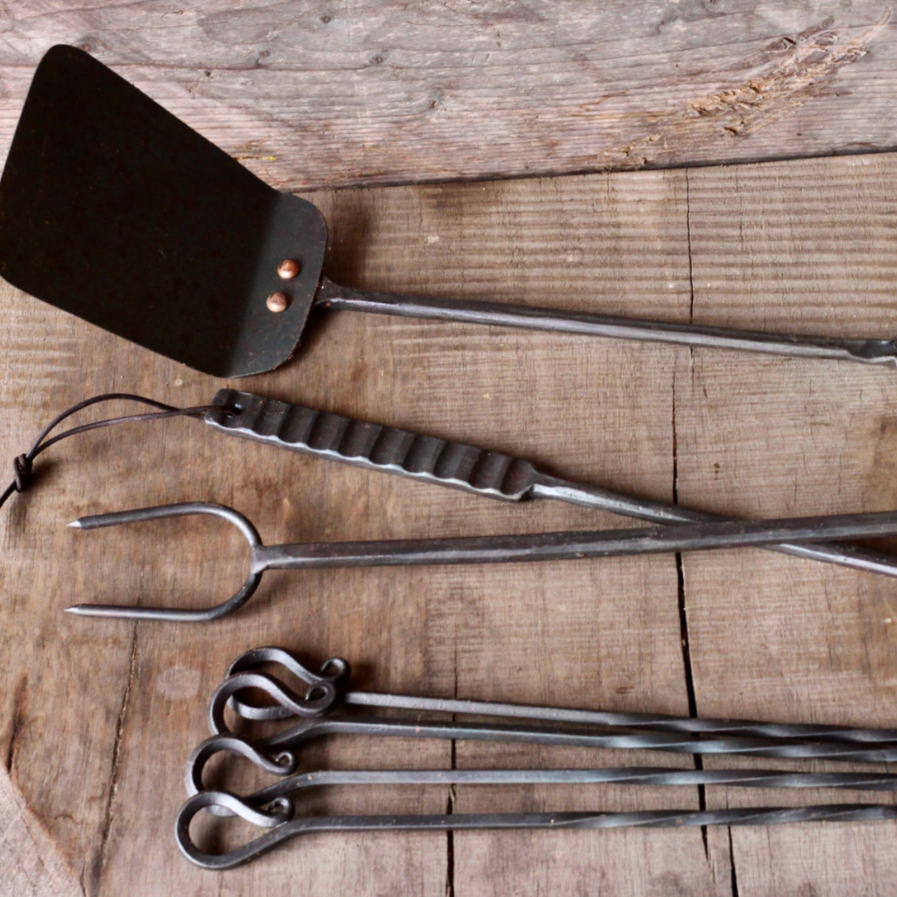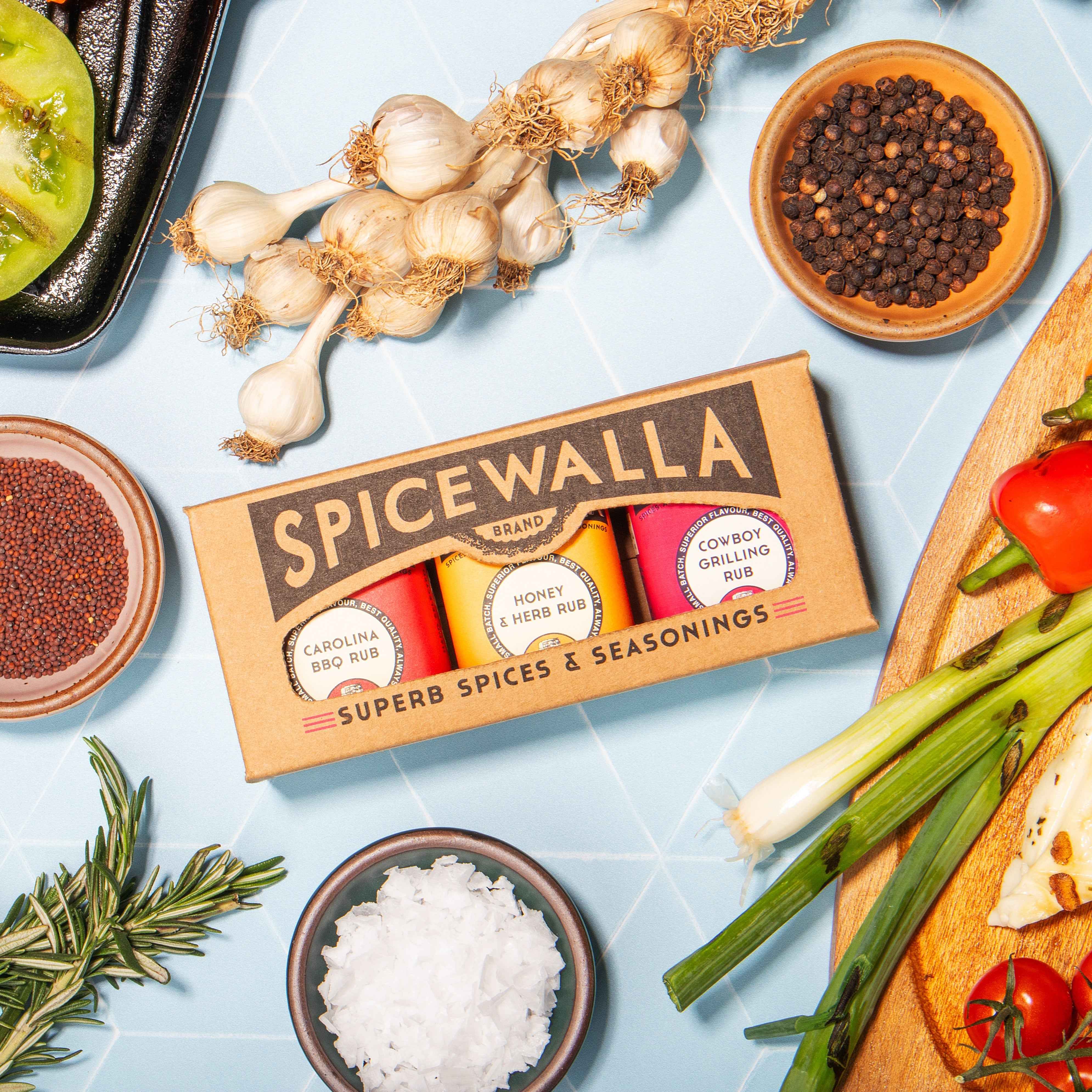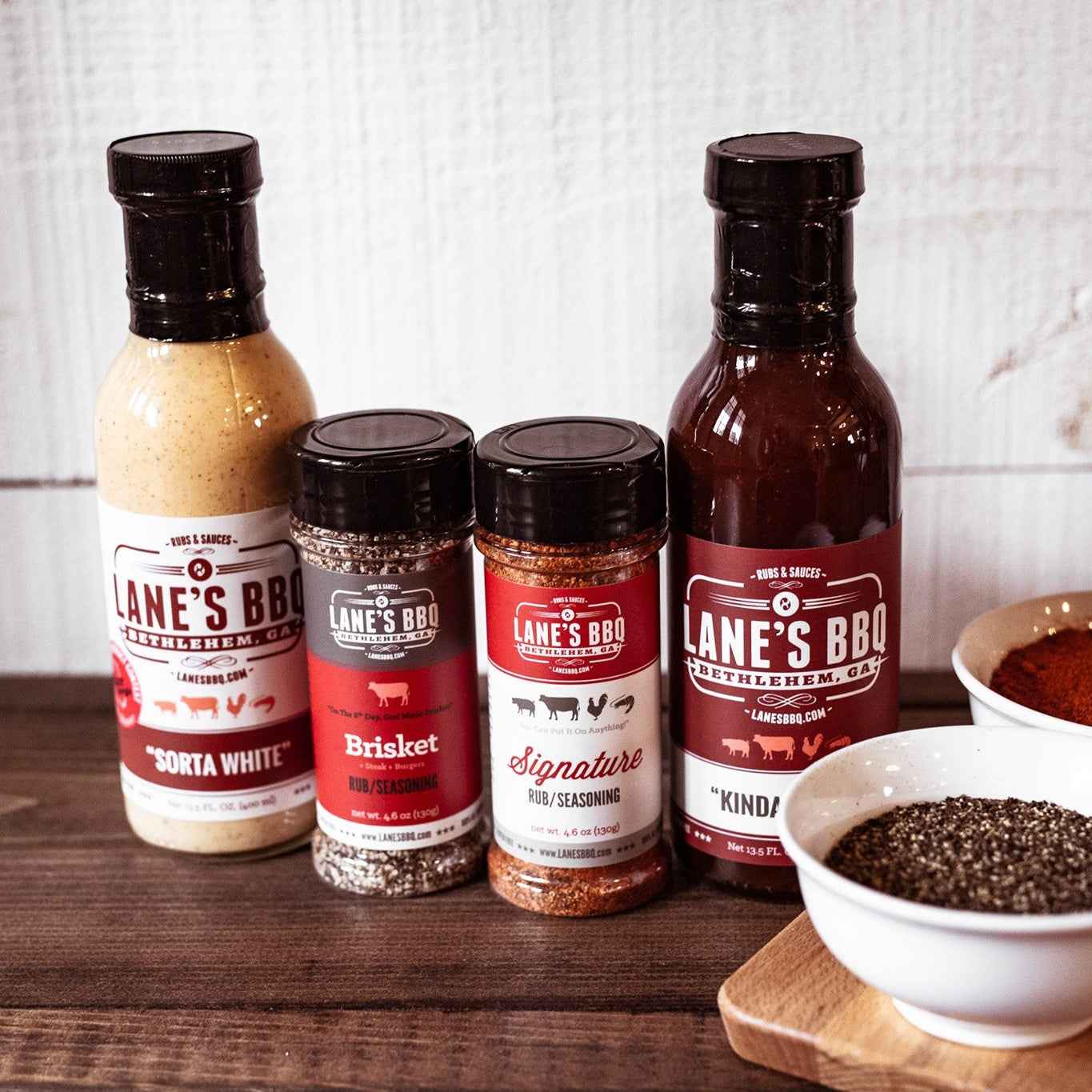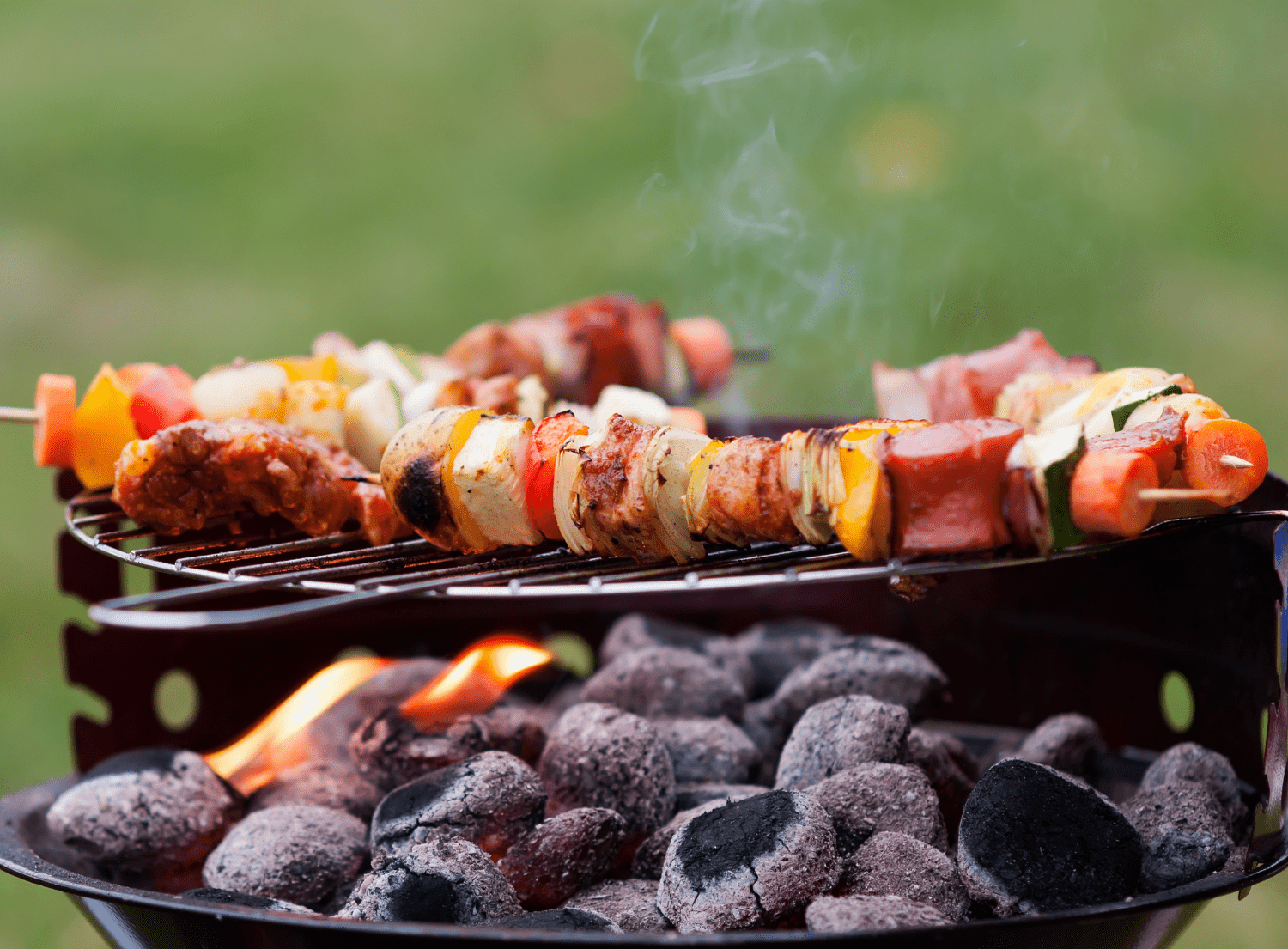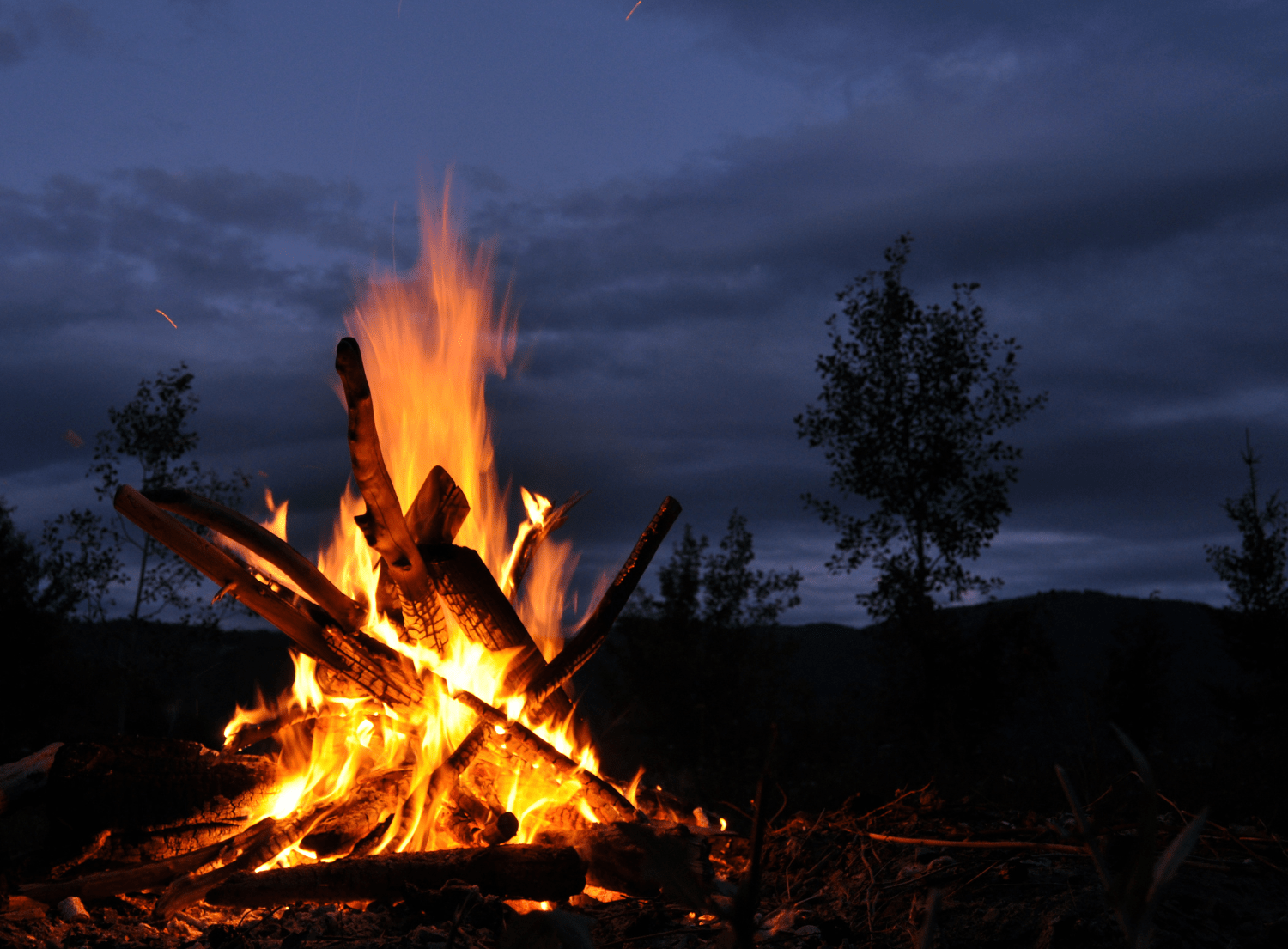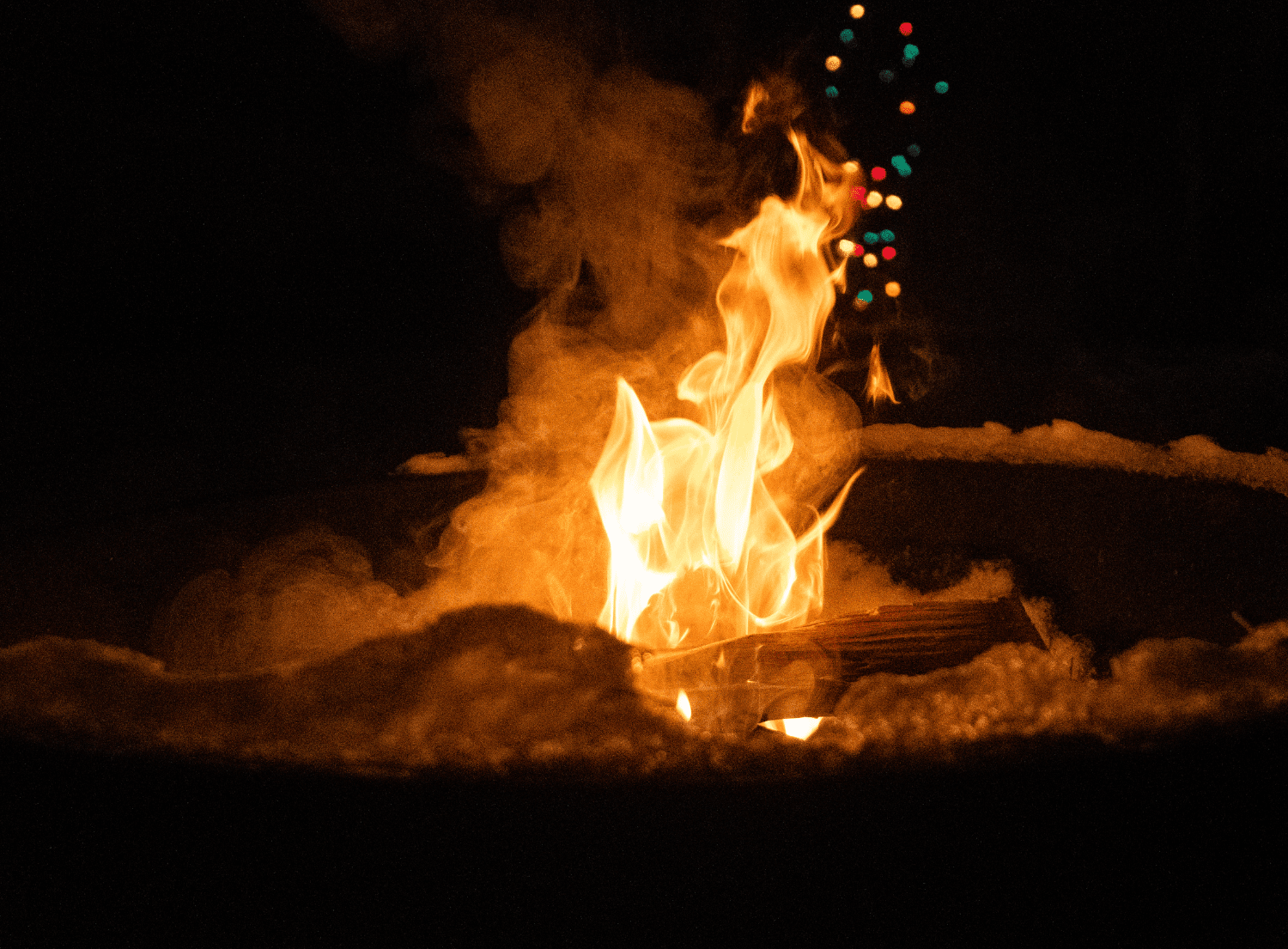With backyard barbecues, charcoal grills are a staple, providing grilled meats and vegetables with an irresistible, smoky flavor and aroma. As you can imagine, the heart of the charcoal grill experience lies in the choice of fuel – charcoal. Whether you use lump charcoal or charcoal briquettes, these solid pieces of carbon are known for their burning power and ability to reach high cooking temperatures. However, one common question that grill enthusiasts often ask is, "Can you reuse charcoal?"
In this blog, we'll explore the possibilities and benefits of reusing charcoal and provide you with tips and tricks to make the most of your charcoal grill.
Understanding Charcoal Types: Lump Charcoal vs. Charcoal Briquettes
Before delving into the nuances of whether you can reuse charcoal briquettes, it's crucial to understand the two primary types of charcoal used in grilling: lump charcoal and charcoal briquettes.
Lump Charcoal
- Lump charcoal consists of irregularly shaped pieces of hardwood that have been burned down to carbon.
- It is known for its purity, containing no additives, binders, or chemicals.
- Lump charcoal burns hot and fast, making it ideal for high-heat grilling and searing.
Charcoal Briquettes
- Charcoal briquettes are uniform, pillow-shaped pieces made from a mixture of charcoal, binders, and sometimes additives.
- They are designed for consistency and even burning.
- Charcoal briquettes are well-suited for longer, slow-cooking sessions like low and slow smoking.
If this is your first time using a charcoal grill, then we suggest checking out our post on how to use a charcoal grill here.
Can I Reuse Charcoal?
The short answer is yes, you can reuse charcoal, both lump charcoal and charcoal briquettes, under certain conditions. Reusing charcoal on your grill or charcoal fire pit can help you save money and reduce waste. Here's how you can do it:
Start with Good Quality Charcoal
To maximize the chances of successful reuse, begin with good quality natural charcoal, whether it's lump charcoal or high-quality charcoal briquettes.
Allow Charcoal to Burn Hot
Ensure that your initial grilling session burns the charcoal until it reaches its peak temperature capacity. This will help to burn off any impurities and moisture present in the charcoal.
Use a Charcoal Chimney Starter
If you don't want to use lighter fluid, a charcoal chimney starter is a valuable tool for evenly igniting your charcoal barbecue. It promotes efficient burning and minimizes excessive ash production.
Practice Indirect Heat Cooking
Opt for indirect heat cooking methods during your grilling session. This helps in preserving some of the unburned charcoal for reuse.
Close Air Vents to Extinguish Flames
After you're done grilling, close the air vents on your grill to cut off the oxygen supply. This will extinguish the flames and help save unburned charcoal. Here are some tips on how to put out a charcoal grill quickly.
Let It Cool Completely
Allow the charcoal barbecue to cool down completely before attempting to reuse the charcoal. Attempting to handle hot coals can be dangerous.
Store Old Charcoal Properly
Store leftover charcoal in a non-combustible container, away from moisture and extreme heat, to prevent it from absorbing moisture and losing its burning power.
Avoid Crushed Charcoal
When reusing charcoal, avoid adding crushed charcoal or excessively small pieces, as they may affect air flow and burn quality.
Add Fresh Charcoal as Needed
During subsequent grilling sessions, you can add fresh charcoal to supplement the old charcoal if needed. This ensures that you have enough fuel for your cooking temperatures.
Benefits of Reusing Charcoal
Reusing charcoal comes with several benefits such as:
Cost Savings
By reusing charcoal, you can reduce the frequency of charcoal purchases, ultimately saving money.
Environmental Benefits
Reusing charcoal reduces waste and lessens the environmental impact associated with producing and disposing of charcoal.
Consistent Heat
Reused charcoal often burns at the same heat level as new charcoal, providing consistent cooking temperatures for your grilling and smoking needs.
Reduces Greenhouse Gas Emissions
By reducing the production and disposal of charcoal, you contribute to a reduction in greenhouse gas emissions associated with its production and transportation.
Things to Keep in Mind
While reusing charcoal is a great way to make the most of your grilling investment, there are a few important considerations:
-
Reusing charcoal may not be suitable for all grilling situations. If you require intense heat or plan to grill for an extended period, it's best to use fresh charcoal to ensure optimal performance.
-
Old charcoal that has absorbed moisture may not burn as efficiently as new charcoal. It's essential to store your reused charcoal properly to prevent moisture absorption.
-
Check your reused charcoal for excessive charcoal ash buildup. Too much charcoal ash can hinder airflow and affect the burning quality.
Lighting your Unburned Charcoal
For a quick and effortless way to light charcoal without lighter fluid, the RocketFire Torch is your ideal solution. This innovative tool eliminates the necessity for matches, kindling, or any additional liquids, ensuring that you can light both wood and charcoal within mere seconds. It boasts a Tri-Flame Cone Tip, which ensures an even distribution of flames, resulting in faster and more consistent lighting compared to conventional methods. Furthermore, its stainless steel tip extends the reach of the flames, creating an impressive 60-degree tri-flame pattern.

